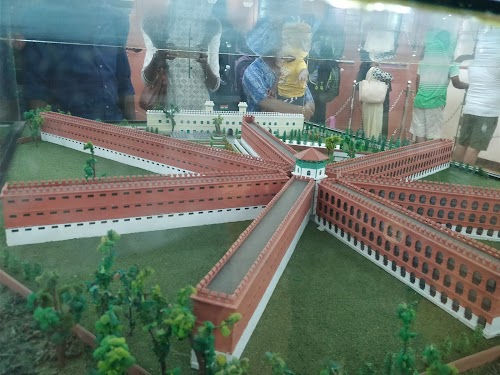
Cellular Jail
Andaman and Nicobar Islands, India
- Attend Sound and Light show
- Explore the preserved cells
- Learn about freedom fighters
- See the gallows
- Visit the museum
Known for:
Description:
The Cellular Jail, also known as Kala Pani, is a historic colonial prison located in Port Blair, Andaman and Nicobar Islands, India. The British used this jail primarily to exile political prisoners. The jail's construction, with its seven wings radiating from a central tower, was designed to ensure solitary confinement and prevent any communication between prisoners. Today, the Cellular Jail serves as a national memorial monument showcasing the sacrifices made by freedom fighters during India's struggle for independence. Visitors can explore the preserved cells, gallows, and other remnants of the prison's dark past. A Sound and Light show in the evening narrates the history of the jail and the hardships faced by the inmates, making it a poignant and educational experience.
History:
Construction of the Cellular Jail began in 1896 and was completed in 1906. It was designed by British architect Sir Charles James Napier to house Indian freedom fighters and revolutionaries who opposed British rule. The prison's unique structure, with its seven wings (one later demolished), ensured that prisoners were kept in solitary confinement, with minimal interaction. Many prominent figures in the Indian independence movement were imprisoned here, enduring harsh conditions and brutal treatment. After India's independence in 1947, the Cellular Jail was declared a national memorial and is now a significant historical site.